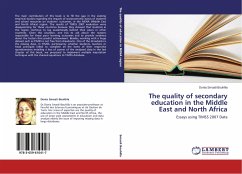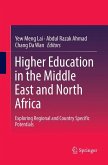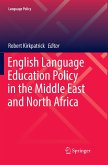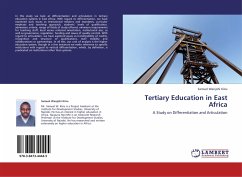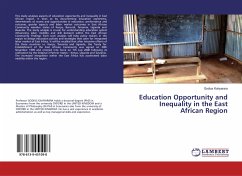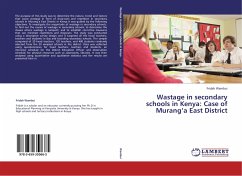The main contribution of this book is to fill the gap in the existing empirical studies regarding the impacts of socioeconomic status of students and school resources on students' outcomes, in the MENA (Middle East and North Africa) region. The results of TIMSS 2007 evaluation were disappointing for these countries because they showed that students in this region continue to lag academically behind their peers in other countries. Given this situation, one has to ask about the reasons responsible for these poor learning outcomes and to provide evidence about the factors that predict achievement. Besides, working with a huge dataset such as TIMSS is not free from drawbacks. One of the drawbacks is the missing data. In TIMSS, participants; whether students, teachers or head principals failed to complete all the items of their respective questionnaires entailing a loss of power of the analyzed data.In the last chapter of this book, we proposed to implement multiple imputation technique with the chained equations to TIMSS database.
Bitte wählen Sie Ihr Anliegen aus.
Rechnungen
Retourenschein anfordern
Bestellstatus
Storno

